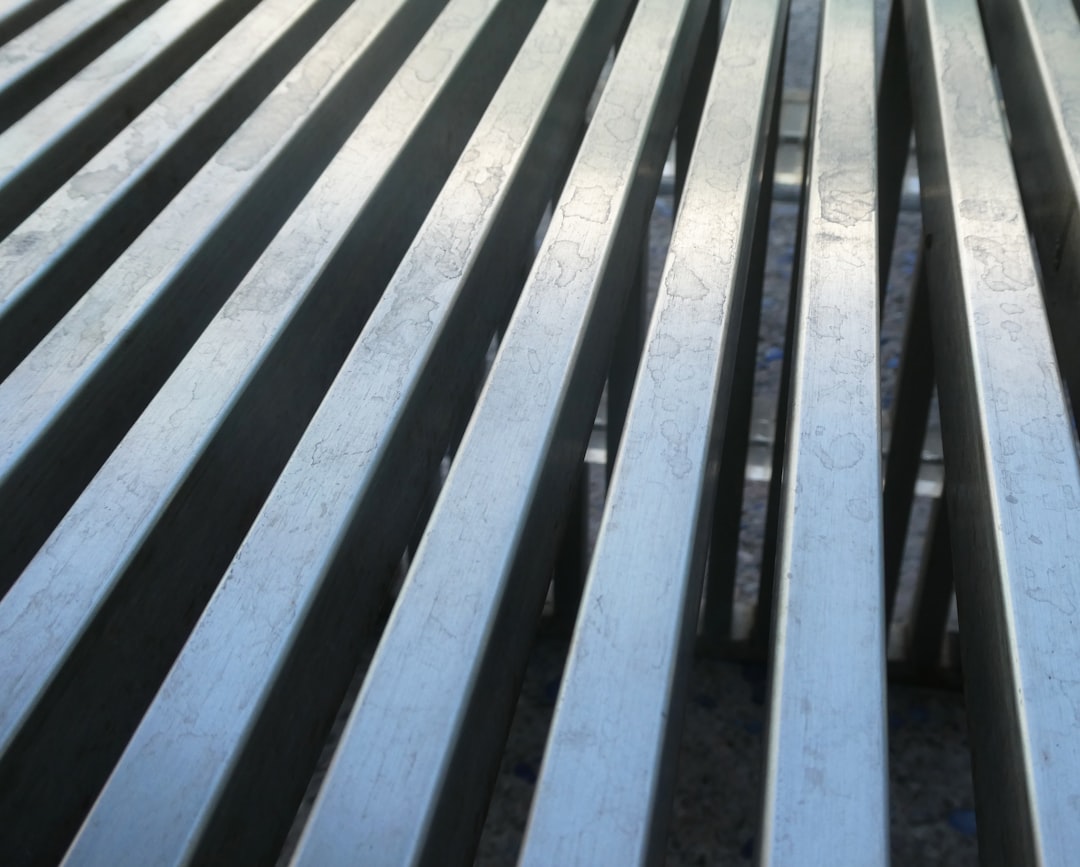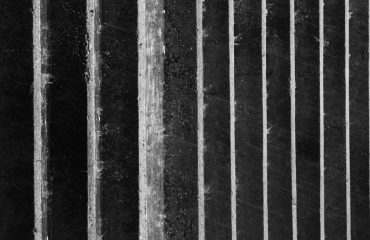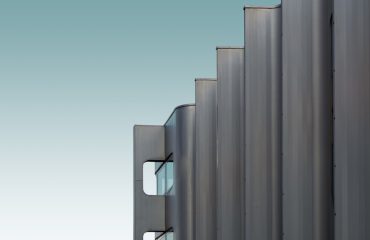body {
font-family: sans-serif;
line-height: 1.6;
}
h1, h2, h3 {
color: #333;
}
img {
max-width: 100%;
height: auto;
display: block;
margin: 20px auto;
}
Cold drawn flat bars are a versatile and high-precision metal product used across various industries. Their exceptional properties, stemming from a precise manufacturing process, make them ideal for applications demanding strength, accuracy, and surface finish. This comprehensive guide delves into the intricacies of cold drawn flat bars, covering their manufacturing, properties, applications, advantages, and selection criteria.
The Cold Drawing Process: Shaping Strength and Precision
Unlike hot-rolled bars, which are shaped at high temperatures, cold drawn flat bars undergo a process of deformation at room temperature. This involves pulling a pre-rolled bar through a series of dies, progressively reducing its cross-sectional area and imparting the desired dimensions and tolerances. The cold working significantly alters the metal’s microstructure, leading to increased strength, improved surface finish, and tighter dimensional accuracy. The process typically involves several stages: pickling (to remove surface scale), drawing (through dies), and straightening. The precise control over temperature and force during drawing allows for the creation of flat bars with exceptional tolerances, often within ±0.005 inches.
Exceptional Properties: Why Choose Cold Drawn Flat Bars?
The cold drawing process bestows several advantageous properties on the finished product. These include:
- Enhanced Strength and Hardness: Cold working increases the yield strength and tensile strength of the material, making it considerably stronger than its hot-rolled counterpart.
- Improved Surface Finish: The drawing process results in a smoother, more refined surface finish, reducing the need for further machining and improving aesthetic appeal.
- Superior Dimensional Accuracy: Cold drawn flat bars boast exceptional dimensional accuracy and tighter tolerances compared to hot-rolled bars, crucial for precision engineering applications.
- Excellent Machinability: Although harder than hot-rolled bars, cold drawn flat bars still exhibit good machinability, facilitating easier and more efficient processing.
- Increased Fatigue Resistance: The refined microstructure contributes to improved fatigue resistance, making them suitable for applications subjected to repetitive stress.
Diverse Applications: Where Cold Drawn Flat Bars Excel
The unique combination of strength, precision, and surface finish makes cold drawn flat bars suitable for a wide range of applications across numerous industries. Some prominent examples include:
- Automotive Industry: Used in components requiring high strength and precise dimensions, such as chassis parts, suspension components, and steering systems.
- Machinery and Equipment Manufacturing: Ideal for creating shafts, spindles, guide rails, and other precision components in machinery and equipment.
- Construction and Civil Engineering: Used in structural applications where high strength and durability are essential.
- Aerospace Industry: Employed in the fabrication of lightweight yet strong components due to their high strength-to-weight ratio.
- Medical Devices: Their precision and surface finish make them suitable for certain medical device components.
Material Selection: Choosing the Right Cold Drawn Flat Bar
The selection of the appropriate cold drawn flat bar depends heavily on the specific application requirements. Several factors need to be considered, including:
- Material Grade: Various steel grades are available, each offering a different combination of strength, hardness, and ductility. Common grades include low carbon steel, medium carbon steel, and high carbon steel.
- Dimensions: The required length, width, and thickness of the flat bar need to be precisely specified.
- Tolerances: The acceptable level of deviation from the specified dimensions must be defined.
- Surface Finish: The desired surface roughness needs to be considered, impacting both functionality and aesthetics.
- Mechanical Properties: Specific requirements for yield strength, tensile strength, and elongation need to be met.
Advantages Over Hot-Rolled Bars: A Clear Comparison
While hot-rolled bars are a cost-effective option, cold drawn flat bars offer several significant advantages:
- Higher Strength and Hardness: Cold drawing significantly increases the strength and hardness of the material.
- Improved Surface Finish: The surface finish of cold drawn bars is considerably smoother and more refined.
- Greater Dimensional Accuracy: Cold drawn bars offer much tighter tolerances than hot-rolled bars.
- Enhanced Machinability (in some cases): While harder, the improved surface finish can lead to better machinability in certain applications.
- Improved Fatigue Resistance: Cold drawing leads to improved fatigue resistance, crucial for many applications.
However, it’s important to note that cold drawn flat bars are generally more expensive than hot-rolled bars.
Understanding the nuances of cold drawn flat bars is crucial for engineers and manufacturers seeking high-performance materials for their projects. By carefully considering the manufacturing process, properties, applications, and selection criteria, the right cold drawn flat bar can be chosen to optimize performance and efficiency.
Tags: Cold drawn flat bars, cold drawn steel, flat steel bar, precision steel bars, metal fabrication




